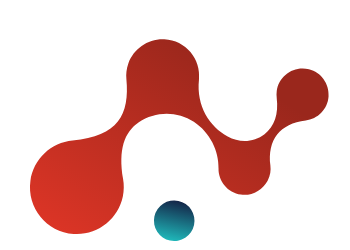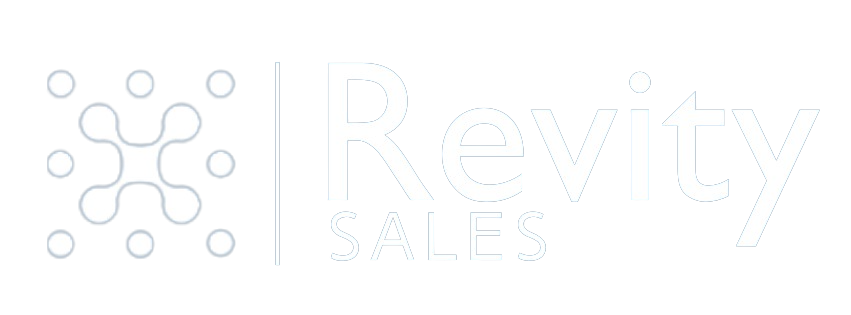How Can You Sell My Product Without Being an Expert?


April 20, 2022 | Written by Tom Callinan
One of the most common questions raised when thinking about outsourcing your sales development efforts is: “How do you sell our solution without being an expert?”
Usually, this question indicates that the SDR/BDR role is not being framed correctly. Selling the solution is not the goal of an SDR; selling the solution is the goal of an AE. The SDR’s goal is to build enough curiosity so that the prospect is willing to commit to a discovery meeting with the AE. There’s a wide gap in the knowledge required for building interest versus running an effective discovery meeting.
A successful AE has received weeks of training, usually a combination of classroom-based learning and hands-on call and meeting planning with their manager, who will then participate in meetings to provide coaching. An AE must understand the solution space to run an effective discovery meeting and find a solid business case to move forward to a proof of concept or demonstration. There will be a lot of time and resources invested on both sides to bring the prospect from discovery through close, so ensuring that each party understands the business case by the end of the discovery meeting is critical to gaining commitment to continued investment of resources.
The successful SDR has also been well trained, but not to the extent of the AE. The SDR is focused on booking the first appointment; there is an investment of time from the prospect, but it is not at the level required to evaluate the solution. Building enough curiosity for the prospect to book an appointment requires a basic understanding of the solution, the solution space, and the case studies.
The SDR will start with a similar situation, whether that’s the same vertical, horizontal, or size of an organization: “Working with ABC Corp, we reduced the time they spent managing their 300 applications from 200 hours per month to 30. How do you currently manage your applications?” The goal is simply to get the prospect talking, even something as simple as “we use some automation, so we’re not spending 200 hours per month.” Once the prospect starts talking, the SDR asks questions to find out more basic information. “That’s great that you use some automation… what does that look like?”
When the prospect starts asking deep questions, they are clearly showing curiosity. That’s when the SDR says something like, “You mentioned your team is spending 120 – 160 hours per month managing your company’s 200 or so applications, and if there were a solution that could automate most of that work, it would be highly beneficial to your organization. Well, (solution) does just that, so it seems to make sense to schedule a short call with the account executive who is more versed in the product and your situation, as they can answer your questions better than I can. Do you have 30 minutes on Tuesday or Wednesday?”
It can be counterproductive for the SDR to have too complex knowledge as they then tend to cross the line between booking the discovery meeting and conducting the discovery (and probably not doing it as well as an AE). This leads the prospect to believe they have enough information and don’t need to book the next meeting. The SDR should be educated enough to ask good questions that create curiosity without having too much knowledge as they may neglect the opportunity of the prospect asking great questions to transition into booking the meeting with “somebody that can answer those questions better than me.”
How do we educate our SDRs to effectively book meetings? The best approach is through studying well-written case studies. Multiple case studies that articulate the before, the challenges created with the before, the reasons for considering the new solution, and the post-implementation states are great training tools. We call this understanding the framework for the solution. If the SDR understands the framework, they are comfortable asking the correct questions and intently focusing on how the prospect is responding so that they can pivot in the conversation.
Why case studies? The “before state” provides them with information about how people are currently addressing the business issue your solution addresses. Maybe it’s by using people hours. Or there could be legacy solutions that have gaps in their capabilities and require bolt-on applications or manual support. The case study also connects the legacy gaps to financial justification: “ABC was spending 200 hours per month on application support and falling behind on critical business projects due to difficulty hiring engineers. If they could redeploy a full-time engineer to the business projects, they could realize the benefits faster and further reduce expense by over $500K/yr.”
The SDR understands you save the prospect money by reducing their 200 hours per month to less than 40 and that the prospect now has a qualified engineer they can leverage to complete other projects. That provides a solid framework for some great questions so that the SDR has credibility with the VP-level IT executive and the ability to build curiosity about your solution.
How your solution addresses the issue is easier to understand and articulate. The tie in between the before state business issue and how your solution solved that situation connects the dots and further supports understanding the solution framework.
We use marketing materials, training videos, and presentations to further educate the SDR without over-educating them. We gather all this information through a series of our own onboarding discovery with a new client. We provide initial training for the SDRs that will be assigned to a campaign and then spend time everyday role-playing between the team members.
The role-playing is critical as it is a great approach to prepare the SDR for when they do get a connect. Moreover, with each connect the SDR gets more real-world experience with the questions and statements, which frequently are used by the prospect to end the call, so they can play a more accurate prospect in the role play. Rather than taking a single SDR weeks to get asked the most common questions or hear those call-ending statements, this approach of shared experience shortens the cycle to a highly effective SDR that can book the discover meeting.
Finally, the SDR attends the initial discovery call to provide a transition to the AE. The SDR’s role is simply to make that transition, then sit quietly on the call. During that call the SDR gets to listen and learn from the conversation between the prospect’s team and our client’s sales team. These calls further expose the SDR to the business challenges and, more specifically, how those business challenges are addressed with your solution. These calls also expose the SDR to your competitors, and how your sales team positions your solution against the competitive offerings in your space.
The initial training, the case studies, the role-playing, and participating in the initial discovery call reinforce one another and consistently improve the phone skills of the SDR by enabling them to both ask better questions and answer basic questions about the solution. Nevertheless, it’s critical to keep in perspective the primary goal of the SDR: to build enough curiosity in your solution to get the prospect to commit to a meeting with your AE, not to sell your solution. With the approach defined above, our SDRs are highly competent and confident in talking to senior-level executives and setting high-quality appointments for your sales team.
